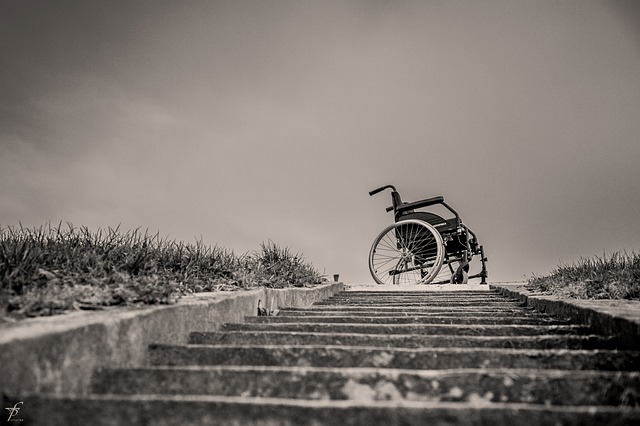Co-written with Claire Hurd, Occupational Therapist
We have all, at some point, likely experienced pain. A broken bone, sprained or strained joint, that killer headache, or even a long-term issue – pain prevents people from engaging in activities that are important to them, or at the least inhibits enjoyment and full participation in those things they want and need to do. It doesn’t matter if the cause of the pain is fully understood — the person’s experience of pain is what is important, and is what affects function. As the role of an occupational therapist is to enable clients to engage in activities that they want, need, or are expected to do, OT’s have the capability to help individuals with chronic pain to better manage their lives. Occupational therapists have many tools they use to assist people in this regard.
Activities that require repetitive movements or a great deal of range of motion may exacerbate pain symptoms. Even if an occupational therapist cannot fix the source of pain, they can instead adapt how a person does an activity, or where they do it and with what equipment. Occupational Therapists know about different tools and devices that can be used to modified activities to improve comfort and prevent future disability, and we stay on top of the latest and greatest devices as these hit the market. Incorporating healthy body mechanics into an activity, whether or not this is assisted with equipment, may help to manage pain. Sometimes the order of steps in the activity can be changed to make it more comfortable. Making rest breaks part of the activity is also very important.
Fatigue often affects people with chronic pain and can be a barrier to planning or doing meaningful things. Occupational therapists are well-versed in energy conservation techniques and pacing strategies, which can not only improve fatigue but can also help to decrease pain symptoms. Energy conservation and pacing can sound simple, but it can be challenging to integrate new habits into one’s life; an occupational therapist can provide an individualized system and the support to stick to it and make it routine. Good sleep hygiene, which typically includes a bedtime routine as well as avoiding substances and activities which can interfere with sleep, is also important to prevent fatigue. What constitutes an effective sleep routine is also unique to each individual, and an occupational therapist can help you find what works best for you.
One of the most difficult consequences of chronic pain is often its’ effect on mental health. Occupational therapists trained in psychotherapy can provide counseling and teach emotional coping skills. They may also provide cognitive behavioural therapy, which helps clients to change their thoughts and behaviours, in this case related to their pain. Training in the skill of mindfulness can also allow individuals with chronic pain to change the way in which they are aware of their pain in the moment, and decrease an overall perception of it.
Chronic pain is best managed with prevention and early intervention. Occupational therapists can help you ensure that how you do your favourite activities does not cause or worsen pain and that you get to participate in those meaningful life roles (old or new) despite the pain. Everyone’s experience of pain is different, and you and your therapist will work collectively as you find solutions that help you manage your pain and work on the “solutions for living”.










